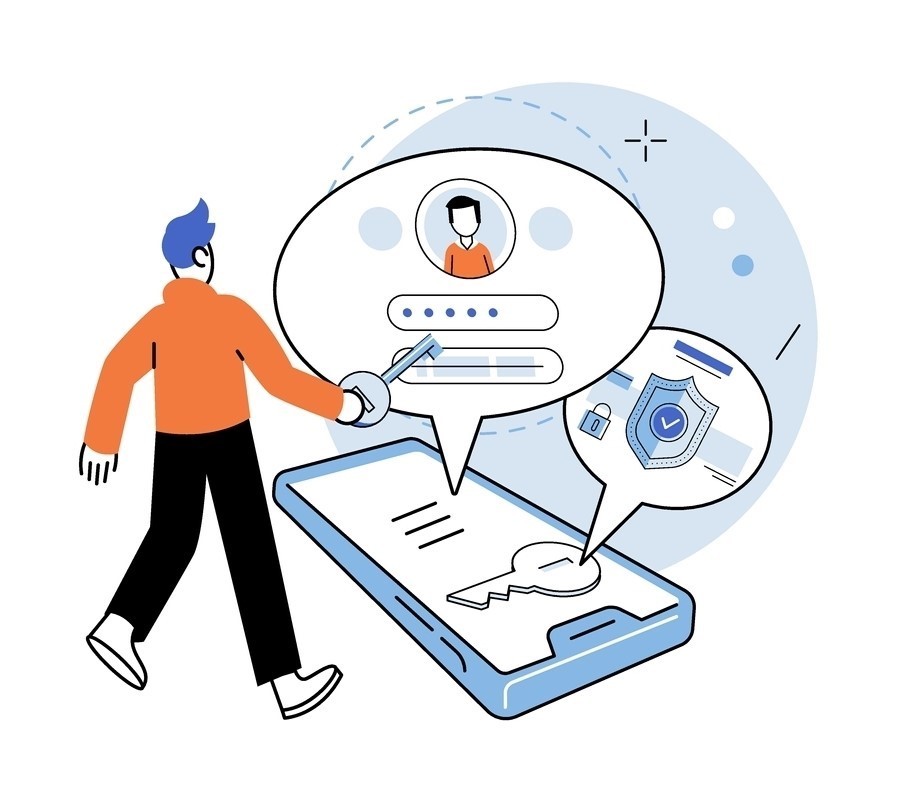
What is Contactless Sign-In?
Contactless sign-in refers to a process of access control where individuals can authenticate their identity without having to make physical contact with a device or surface.
Many contactless systems also offer advantages in improved sign-in speed, convenience, and enhanced security. As a result, they are often used in environments where quick and secure access is essential to the daily workflow. In recent years, the adoption of contactless technologies has been observed to increase as a response to public health concerns, as they reduce the need for physical contact with shared surfaces.
Forms and Implementation
There are several ways in which contactless sign-in has been implemented, for example:
- Proximity-Based Hardware Tokens - A form of MFA made reliable by operating independently of network status, with a mandatory requirement for possession of a physical token at all times to ensure secure identification.
- Biometric Authentication - Uses unique physical characteristics like iris or facial recognition.
- RFID (Radio-Frequency Identification) - A tag-and-reader system that uses radio waves to identify individuals.
- NFC (Near Field Communication) - Similar to RFID, but in many cases involves shorter range communication with a smartphone or card and NFC-enabled reader.
- Mobile Apps - On a smartphone device, often involving QR code scanning, communication with a reader via Bluetooth, or authenticator apps.
Enterprise 2FA and password manager. One key for all your passwords. Experience fully automated login and security. For example, faster MFA, auto-OTP, password manager, and worry-free workflow with proximity-based privileged access management for Windows 11, 10, 8, 7, VPNs, websites, and desktop applications including MES, EHR, CAD, and more. Overall, a massive upgrade to security and efficiency.
or call 240-547-5446

